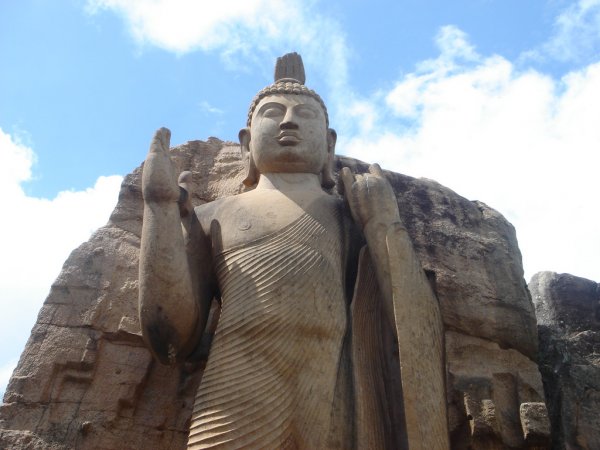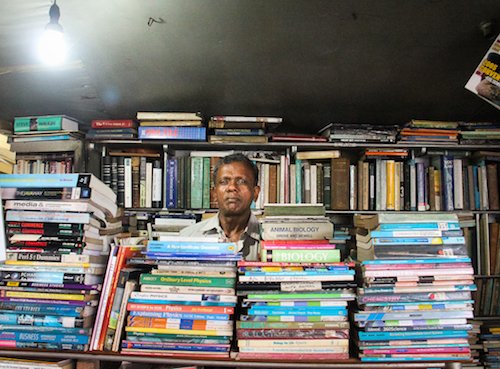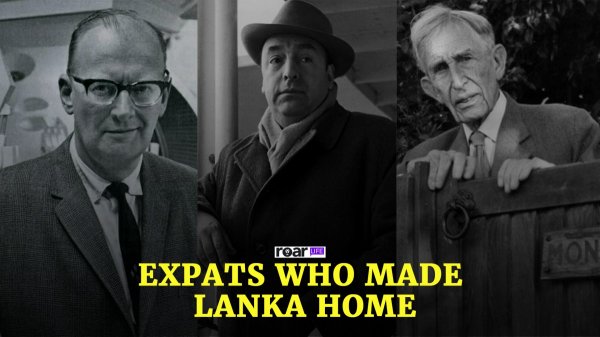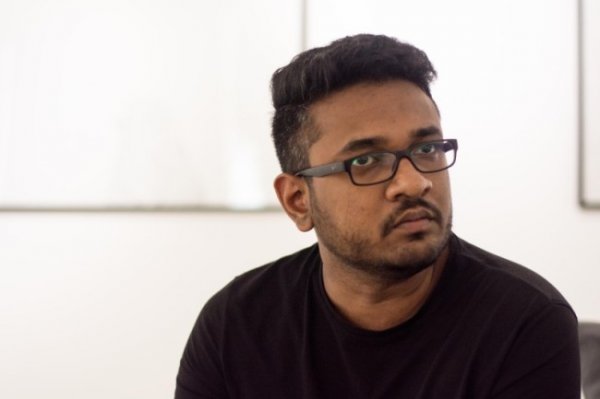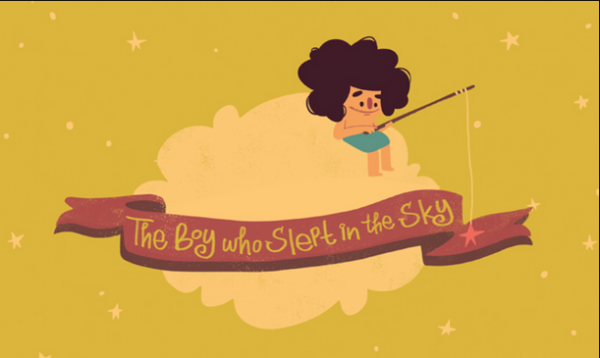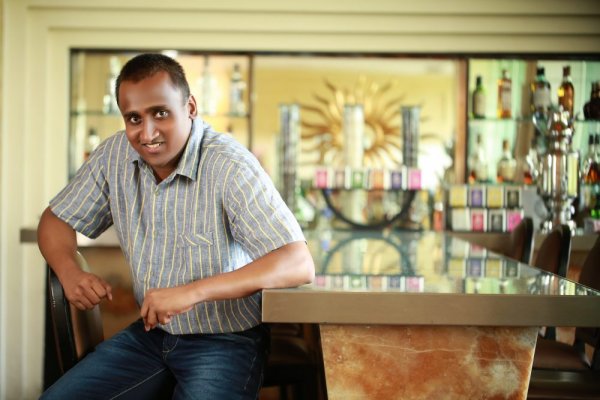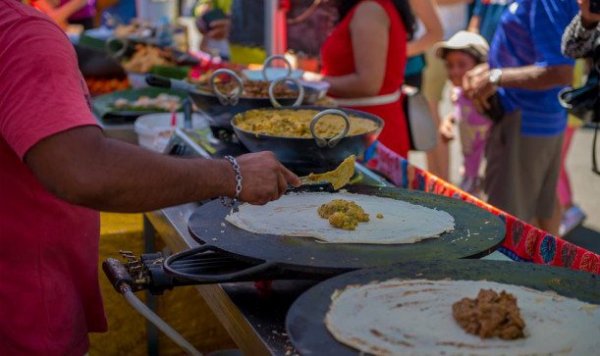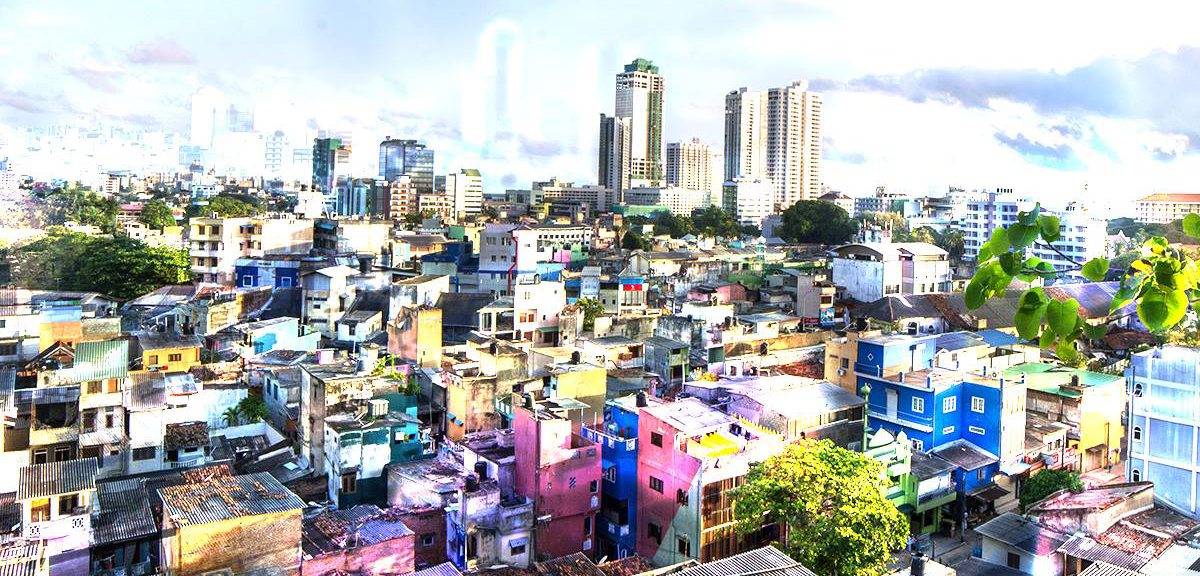
The largest annual arts festival in Colombo starts tomorrow, and you may want to snap up tickets for the events lickety-split. Yes, even if art-related events rank somewhere at the bottom of your list of interests. Why? Because Cinnamon Colomboscope covers a broad range of activities, discussions and visual arts, from art exhibitions, performances, an informative walk through lively, bustling Slave Island (you may learn something new about the town) and panel discussions with an ambit that will cover at least one of your interests.
What is Cinnamon Colomboscope?
You’ve probably heard about it in passing, seen people share event information or talk about it on Facebook, but you’re not entirely sure what it is and if it’s some hoity-toity Colombo festival. Rest assured you’re not alone. The festival is relatively new to Colombo, having started out three years ago, but it’s mostly been on a smaller scale and is talked about in the artsy folk circles.
The festival is organized by the EUNIC, and it has now come under the wing of Cinnamon Hotels. Cinnamon Hotels say that Colombo – being the commercial capital – lacked large annual events, like most other cities abroad that people could mark in their calendar or simply look forward to. Sure, we’ve had the Galle Literary Festival, the Galle and Jaffna Music Festival and the Art Biennale (but as the name suggests it only takes places every other year), and that’s great but what about a large annual event in Colombo?
Well, Cinnamon Colomboscope fills that void and promises to grow bigger. Cinnamon Hotels hopes to make it large and interesting enough to make it a tourist attraction and draw internationally acclaimed artists and speakers.
Who is it for?
While Cinnamon Hotels hopes to make it a tourist attraction, Colomboscope will be relevant to us locals of course. Each year the themes and topics revolve around something intrinsically Sri Lankan. This year the theme is how Colombo is changing. With the 27 year war behind us, Colombo has changed drastically, both visually and in lifestyles. The change is visible in Colombo’s skyline, the food we eat (new restaurants and cafes), fashion, music, the economy, and how it functions.
Colomboscope will reflect that change in the visual arts component while showing how the atrocities and difficulties wrecked by the war have shaped this change and still lingers in our minds. It also has a lighter side about cinema and film, for those who wish to spend their weekends focusing on softer subjects.
The panel discussions also have two components of weighty issues and fun, light discussions. Topics include the Food Cultures and the Cosmopolitan Idea, Capital Drive – where you will find out about how one of Colombo’s oldest, biggest and busiest marketplaces, Pettah, functions still running on systems that most would say are terribly outdated.
What’s more the events are ticketed at a very affordable price of Rs. 300 for most events and Rs. 100 for the visual art exhibition at Rio Cinema.
Where? When? And how do you purchase tickets?
The festival starts on Friday, but we recommend you check out the events to be held on Saturday and Sunday. You can find a list of the events here. The website unfortunately doesn’t provide any information about the panel discussion – such as more information on what the discussion is about and background information into who the speakers are and what they will be speaking about. It doesn’t help that some of the titles for the panel discussions are vague. So it may prove to be a bit difficult deciding on what sessions you wish to attend.
The website also doesn’t provide any information about the visual art side of the festival. If you wish to find out more information we’d recommend you check out their Facebook page.
Events start at 8 am and end at 8 pm, and you can purchase tickets on Takas.lk. Locations for the panel discussions vary so be prepared to foot it around Slave Island. Some of the events will be held at Castle Hotel and some at Cinnamon Lakeside.
Moving around the city will give you more insight into how Colombo has changed. And it certainly has; from roads being closed off with barbed wire and army officers with rifles, to freer, open roads, and a gorgeous skyline. Colombo has grown up. It’s now a young adult, with a little more clink in its pocket; it’s dressing up a little more fashionably now, treating itself to desserts of sprats and seeni sambol ice cream at fancy restaurants, but still visit its favourite saiver kades on a regular basis.
Featured image credit, Cinnamon Colomboscope.

 A great way to see a side of Colombo that hides in plain sight
A great way to see a side of Colombo that hides in plain sight
